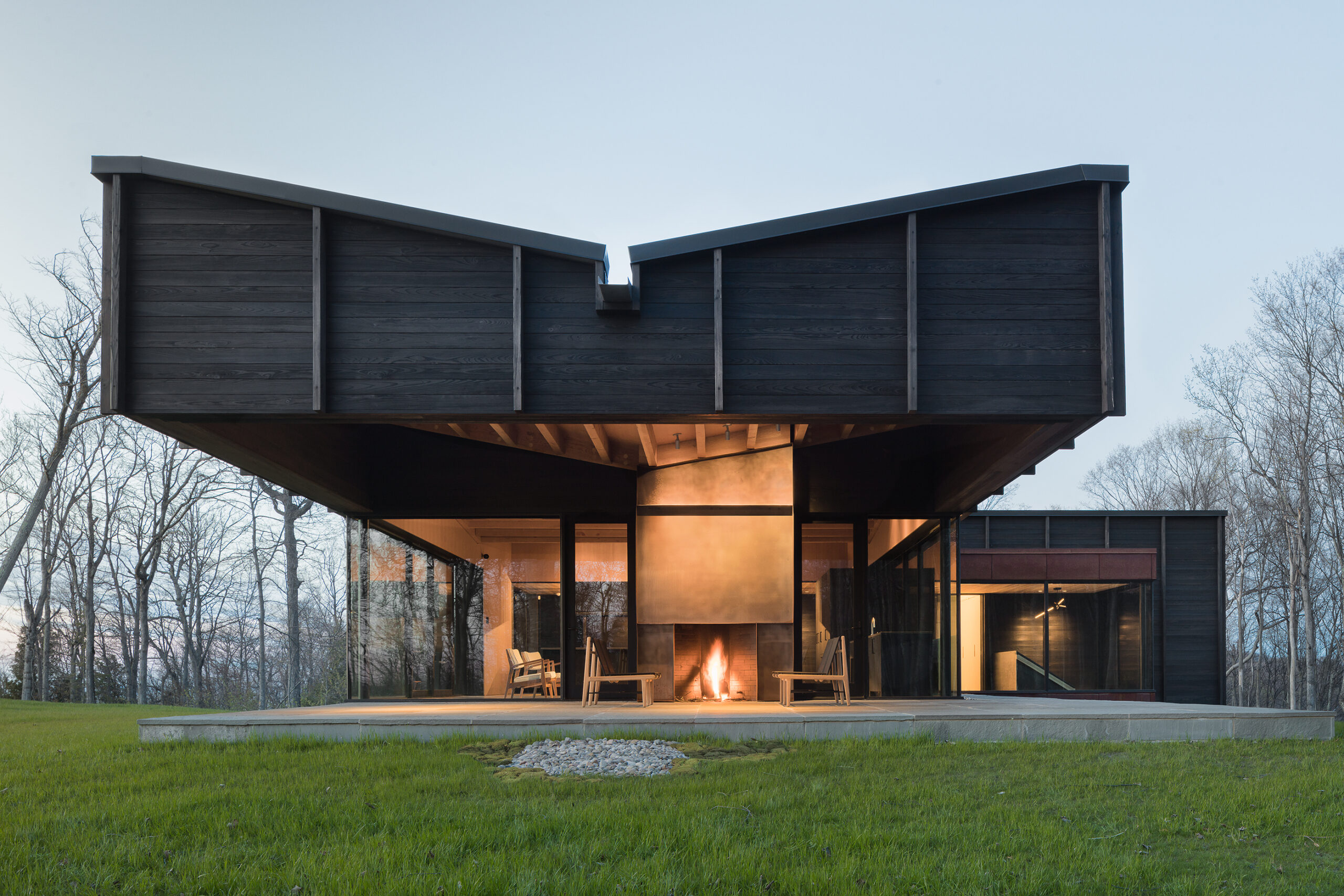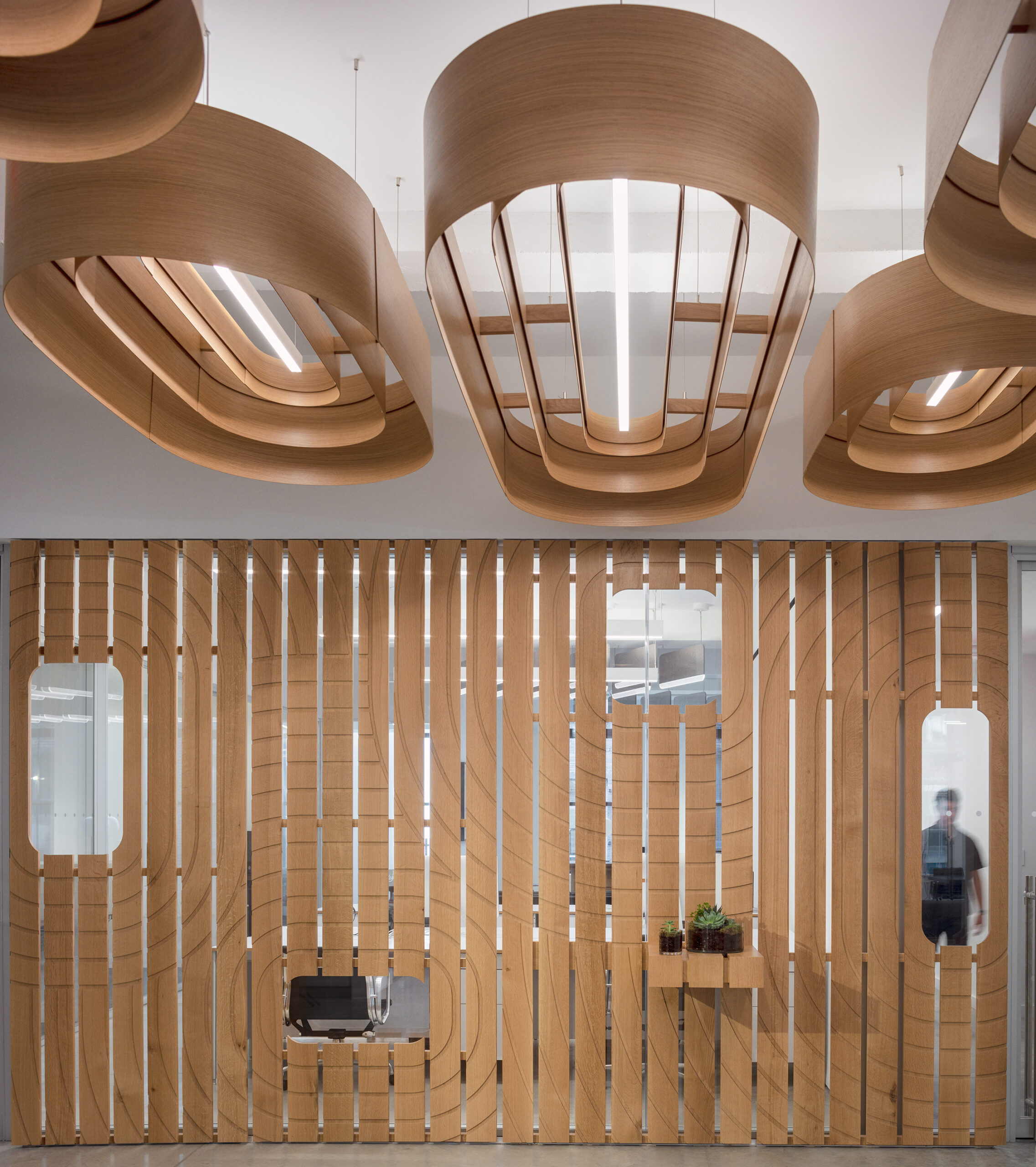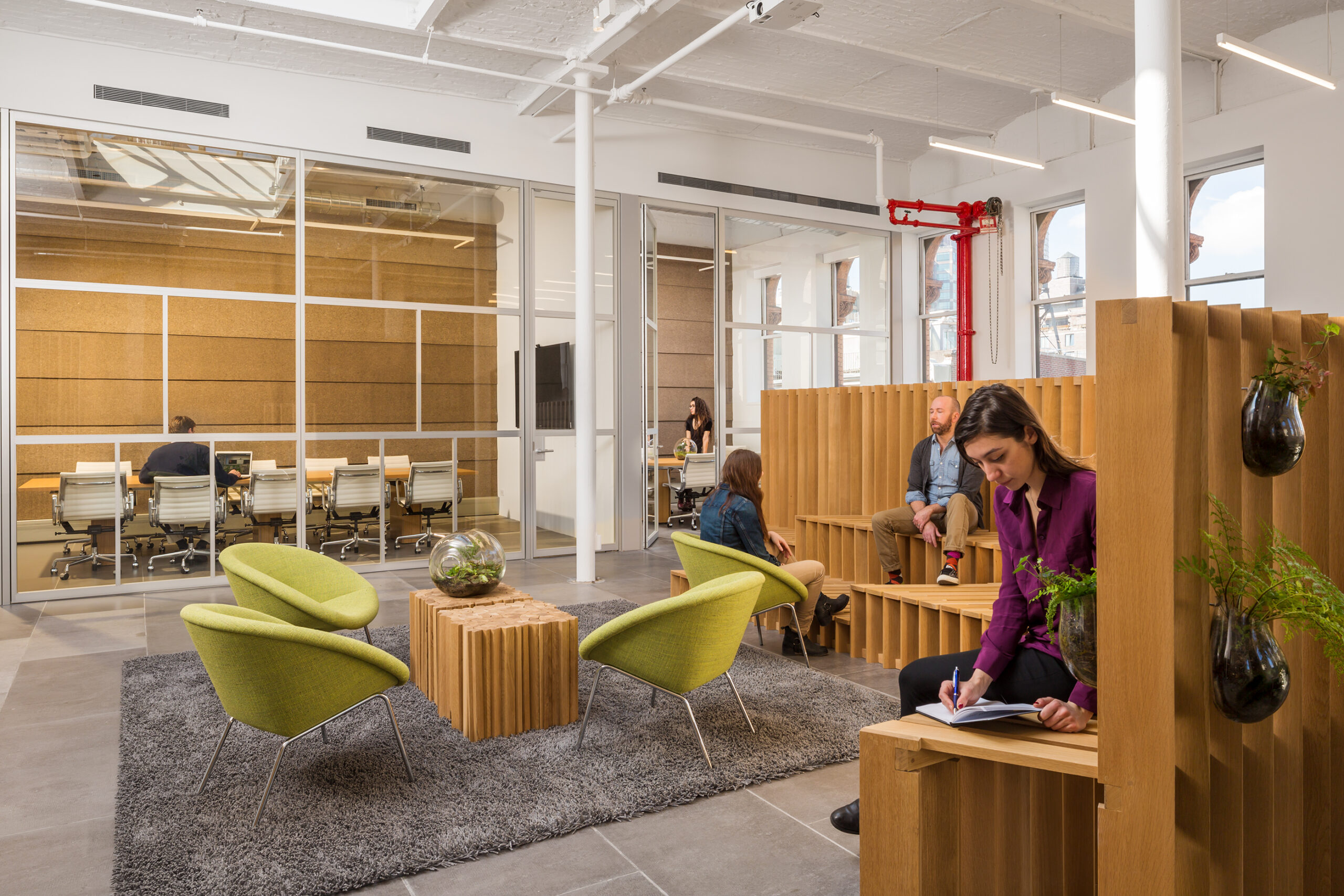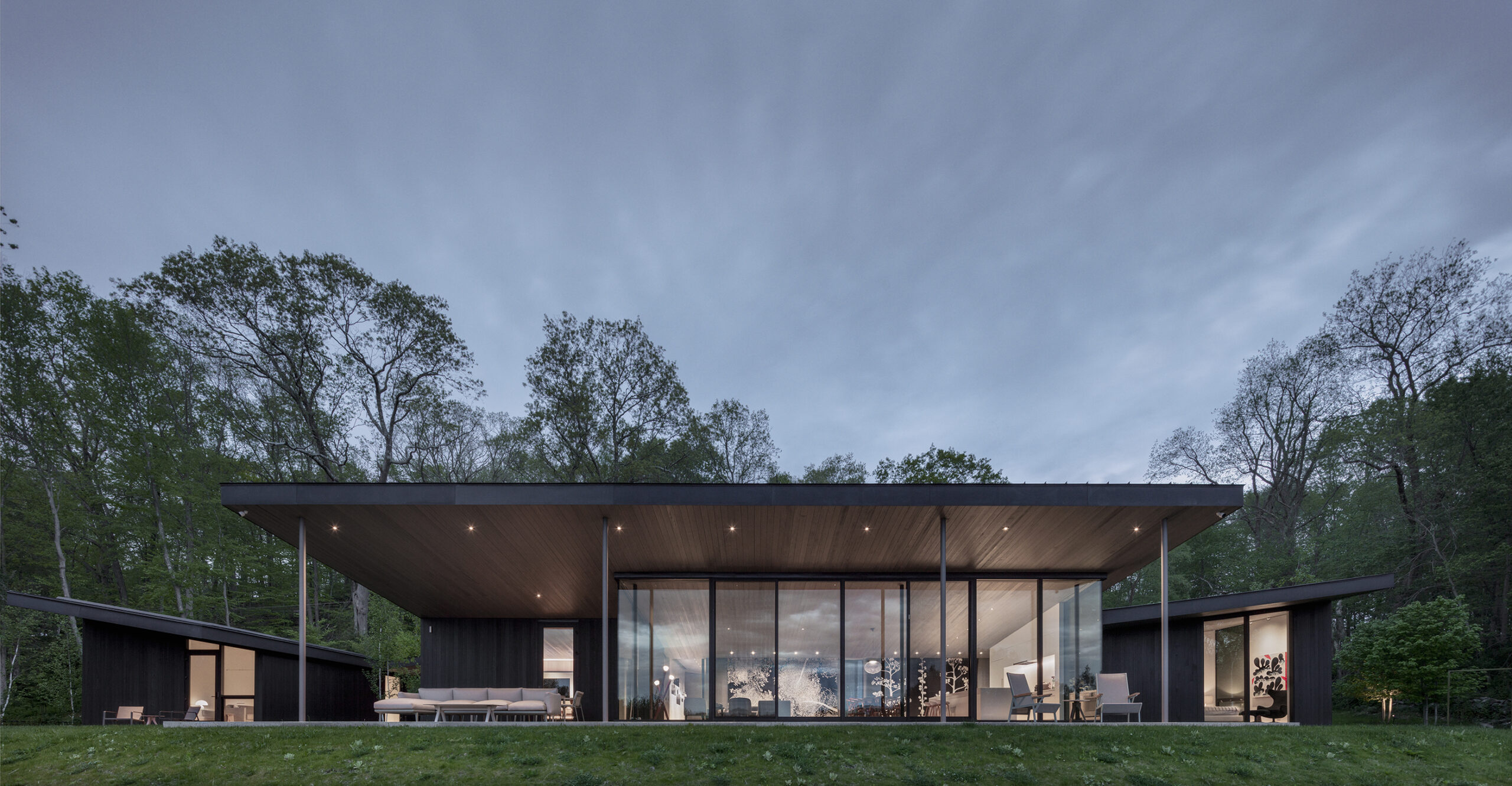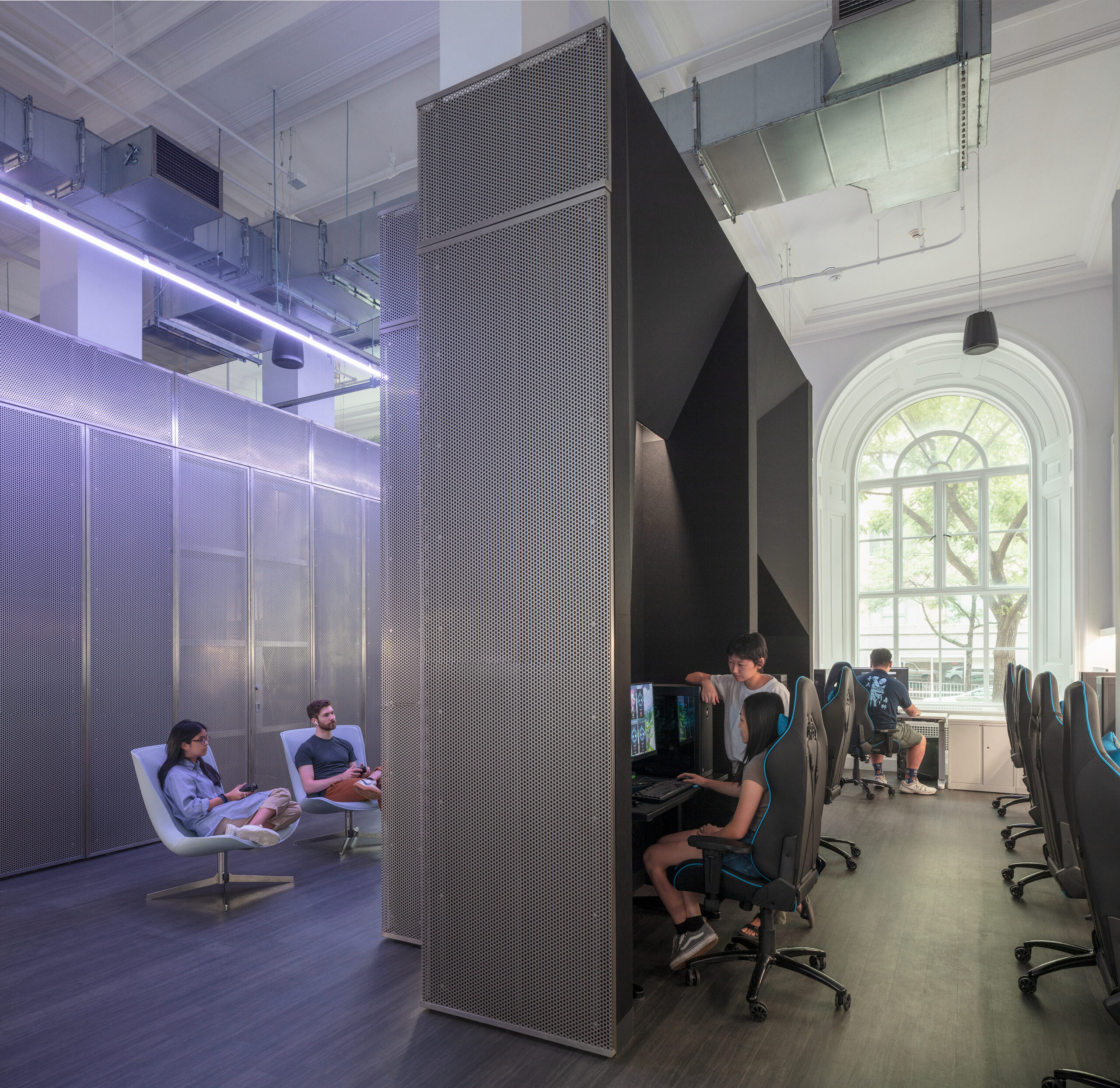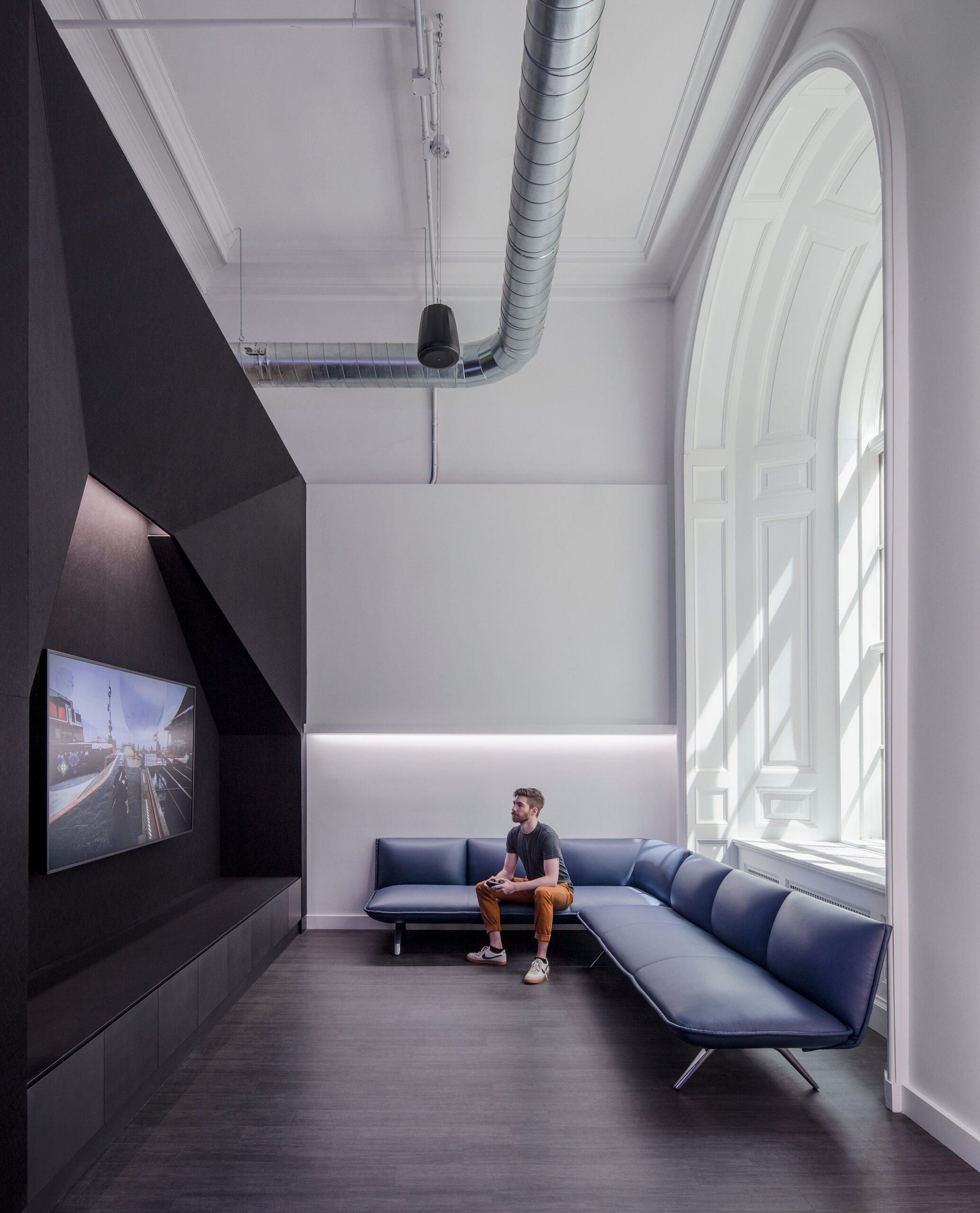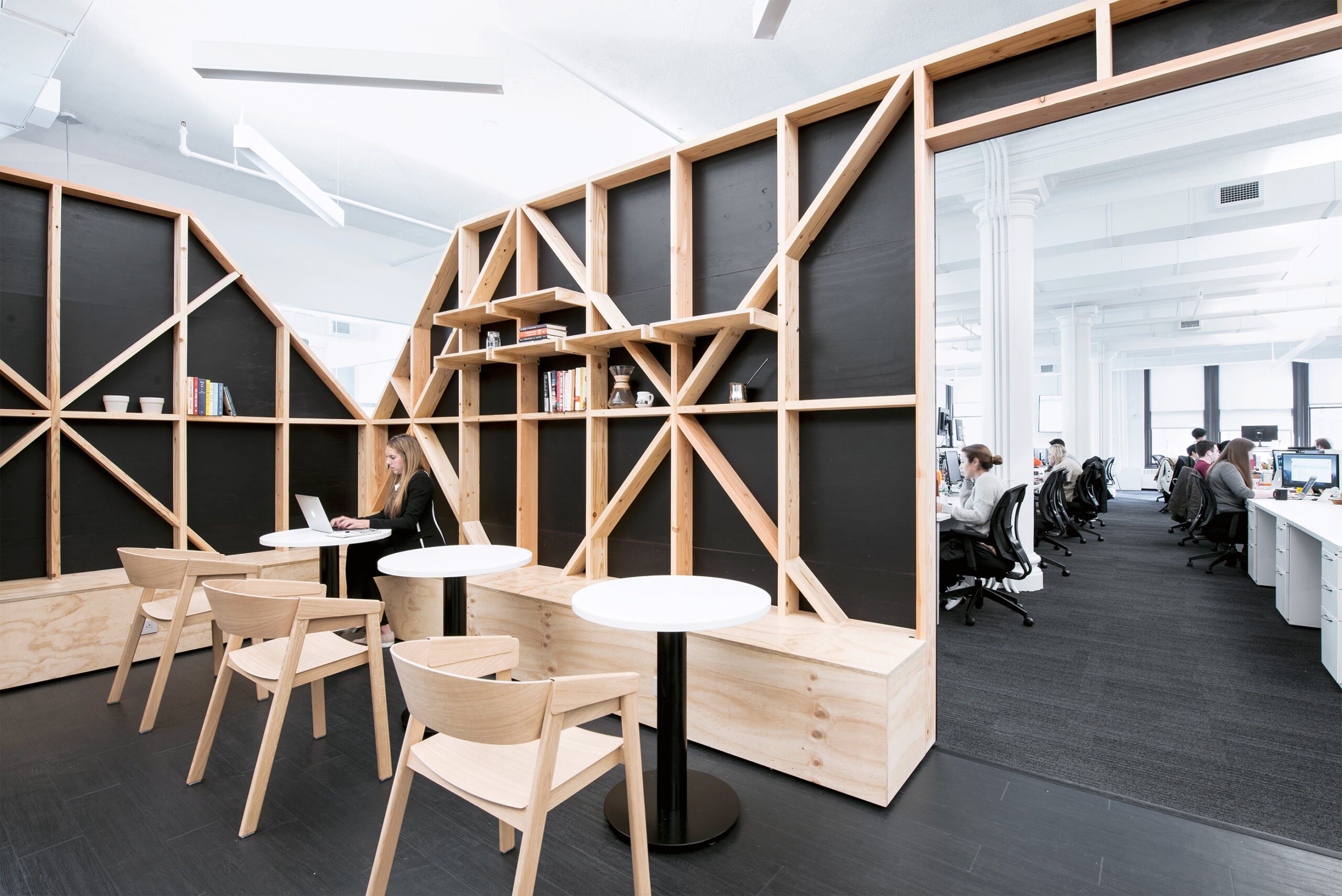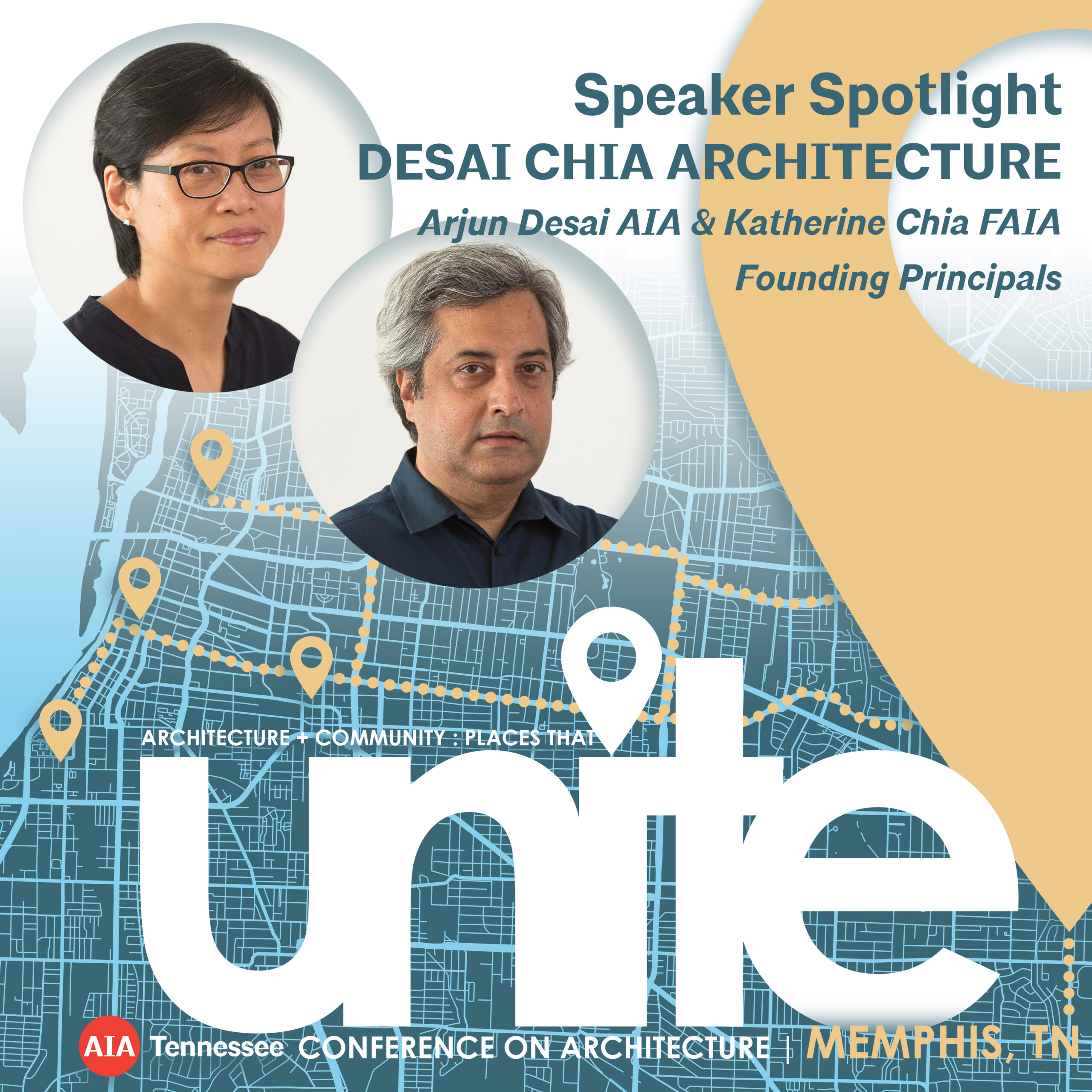
Interview with Katherine Chia FAIA and Arjun Desai AIA
Founding Principals of Desai Chia Architecture
New York City, New York
Once again, this year’s AIA Tennessee Conference will bring inspiring speakers from around the globe. They not only value the idea of “Architecture + Community” but have brought to life impactful projects that unite people and elevate the community.
Our first speaker spotlight for the AIATN 2023 conference features Katherine Chia, FAIA and Arjun Desai AIA, founding principals of Desai Chia Architecture based in New York City. Their studio projects range from private residences to large civic projects with a multidisciplinary team but all are led by their guiding principle that “architecture can transform communities.”
First, would you give a short summary of what you’ll be speaking about at the AIA TN conference and its importance for architects?
We will be discussing 8 projects that illustrate the DNA embedded in our work. These are guiding principles around site stewardship, promoting collaboration and community, expressing material and craft, engaging with light, and blurring the boundaries between indoor and outdoor experiences. We’ll pepper the talk with anecdotal back stories– how the projects came to our door, lessons learned during design and construction, and how one project informs another over time.
I love how your practice is led by the idea that architecture can transform communities. Would you go more in depth on the type of transformations that you’ve led and the long-term impact?
The notion of a community is held together by relationships– at its core, those relationships are based on a certain amount of trust, respect, and sense of belonging. A community can be a family of 4, a workspace of 200, or a university campus of 5,000. Not everyone has to agree with each other– just like a family, there can be spats & disagreements but in the end people are still committed to supporting the larger group and helping to make their collective experience a better one. In our residential projects, we have supported multi-generational families as they expand and contract– the interconnection and flow of spaces encourages family members of all ages to gather and bond; and yet we also give each person spaces to retreat to and recharge without feeling isolated. Our workplace projects tap into the most successful and iconic aspects of a company’s ethos, and also the quirky aspects of the individuals who work there. Our design has to support individual people in their work environments as well as the company structure as a whole. When we visit projects years after completion, it’s an opportunity to see how people and buildings have evolved together.
We often learn that the architecture continues to support the community as originally intended, but the community has also transformed the architecture in positive ways that make us very proud of what we set in motion.
In your experience working on community driven projects, what have been your greatest rewards, challenges and/or valuable lessons you’ve gathered?
We are closet anthropologists, listening carefully to communities, evaluating and assessing their goals & aspirations and finding a voice for that in the architectural expression of a place. The greatest reward is learning that a community is thriving and being inspired in our completed project and that people are discovering new ways to interact and engage with each other. Maintaining a process that is simultaneously robust, rigorous, and flexible to get there is always challenging, but it’s so important. We always tell clients that it’s all about collaborating together- in the end the resulting project should be so much better than what they would have come up with on their own, and also so much better than what we would have come up with in a vacuum– by collaborating together with our clients, their communities, and many talented consultants and builders, we are able to create a design that surpasses everyone’s expectations. There are so many lessons learned at all scales during a project. The key is to ask good questions and listen carefully throughout the design and construction process. It’s also important to be willing to tussle and call out when something doesn’t sit well with the design goals or the process– you have to do it respectfully at all times, but it’s so important to advocate for design excellence for the community on both the programmatic and aesthetic fronts. The community needs the architect to champion their cause.
What has been the biggest lesson you’ve learned from the pandemic for your design practice?
We learned that our team of 6 people is much stronger and happier working together in person. We went remote in March 2020, (and gave up our office space in July 2020– I spent a weekend stuffing all of our office belongings into a storage space!)– after 6 months the staff was completely exhausted working on Zoom. They missed in- person interaction and mentoring; they missed spontaneous discussions about design ideas, construction details, and client questions. By July 2021, the team asked when we would be moving back into an office together. We secured a new office space in December 2021, and I offered to develop a hybrid schedule with the team. To my surprise, no one wanted a hybrid work-from-home schedule, and everyone still continues to come to the office Monday through Friday to work together side- by- side.
Now that travel and social gatherings are officially back, where and what have you made a point to go and do?
We love to travel, so we have been abroad to France (twice) and Portugal in the last 12 months to immerse ourselves in other cultures. We’ve enjoyed connecting with friends and family as close as Brooklyn and as far away as California whom we haven’t seen in years. We are really looking forward to the AIA TN Conference– it will be our first visit to Memphis!
What other interests outside of design do you have that contribute to your work?
I feel like we are always tied to architecture and design in some way, so it’s hard to separate work from other interests! We enjoy visiting museums and cultural institutions since contemporary art is one tremendous source of inspiration for our work. We learn a lot about light, form, material expression, composition, conceptual interpretation, and craft through contemporary art.
Would you share some advice to younger architects or those new to architecture about the profession and the process of design?
Becoming an architect is not for the faint of heart– it’s a rigorous profession with a lot of tough challenges but also a lot of incredible rewards. You get to improve people’s lives and inspire them by creating a building that is tangible and full of new experiences- that is incredibly rewarding. Architecture combines so many disciplines that one never stops learning something new. As a young architect, think about what you care about– you can initially hone your design interests that way, so you won’t get overwhelmed. But then be open to shifting and expanding your interests so you can continue to learn about new typologies and ways to collaborate. When we started our firm, we cut our teeth on interior architecture projects (loft renovations) in NYC, then we merged into commercial office design, then we started getting commissions for new homes, and now we are also working on projects for a university and cultural institutions. The life of an architect is a journey of constant exploration.
2023 AIA Tennessee Conference on Architecture
After living with the isolation of an ongoing pandemic, how can we celebrate, explore, and learn from spaces that bring people together and promote joy in a community setting. The types of spaces that showcase some of the greatest human accomplishments – from performance to food to hospitality. We want to highlight the places that unite rather than divide.

